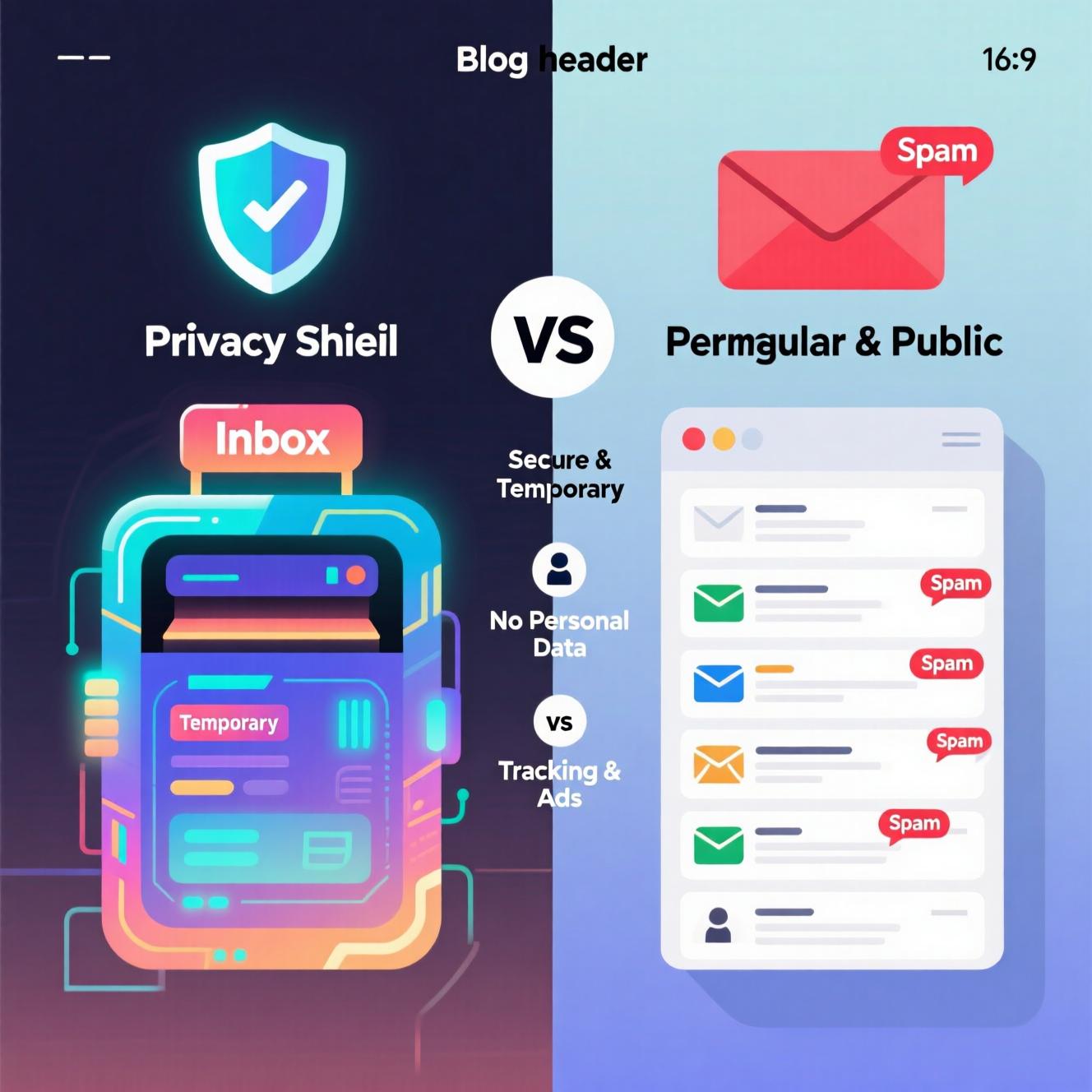

Temp Mail vs Regular Email: Which One is Safer for Your Online Privacy?
In today’s digital world, online privacy and security have become more important than ever. Every day, countless websites and apps request our personal information, and keeping your email safe is a crucial part of protecting your identity. So, what’s the difference between using a temporary email (temp mail) and a regular email, and when should you choose temp mail over your standard account? Let’s dive in.
Regular email addresses, like Gmail, Outlook, or Yahoo, are permanent accounts linked to your personal identity. They are ideal for long-term communication, official registration, and managing personal or professional correspondence.
Advantages of regular email include longevity (you can use your email for years, keeping access to all past messages), professionalism (perfect for work, school, or any official correspondence), and integration (works with most online services without restrictions).
Disadvantages of regular email include being a target for spam (more likely to receive spam and promotional messages), privacy concerns (sharing your real email can expose personal information or make you a target for phishing attacks), and data breaches (if the email provider experiences a breach, your data may be compromised).
Temporary email services provide disposable email addresses that exist only for a short period of time. These are perfect for one-time registrations, testing apps, or avoiding spam.
Advantages of temp mail include privacy protection (keeps your personal email hidden, reducing risk of spam and unwanted messages), no long-term commitment (can be used for one-time registrations or verification codes), and quick and easy access without creating a permanent account.
Disadvantages of temp mail include short lifespan (emails expire after a certain time, so you can’t access them later), limited features (no integration with other services, and some websites may block temp mail addresses), and not suitable for professional use (unsuitable for official or important communications).
Temp mail is ideal in scenarios where privacy and security matter more than permanence: signing up for online offers or trials without sharing your real email, testing websites or apps before committing personal information, avoiding spam from websites that may sell or misuse your email, and one-time downloads or registrations for contests, surveys, or promotions.
There are times when using a regular email is necessary: official communications with schools, work, or government services, subscriptions you plan to manage long-term (newsletters, online services), password recovery and account verification for services you’ll keep, and personal or professional correspondence where identity and trust matter.
Temp Mail vs Regular Email Comparison:
| Feature | Temp Mail | Regular Email |
|---|---|---|
| Privacy | High | Moderate |
| Lifespan | Short-term | Long-term |
| Spam Protection | Excellent | Moderate |
| Professional Use | No | Yes |
| Data Integration | Limited | Full |
Choosing between temp mail and regular email depends entirely on your needs. For everyday communication, professional use, and account management, regular email is the way to go. For privacy, temporary registrations, or avoiding spam, temp mail is your best friend. By understanding the advantages and limitations of both, you can make informed choices that protect your online identity and enhance your digital security.

